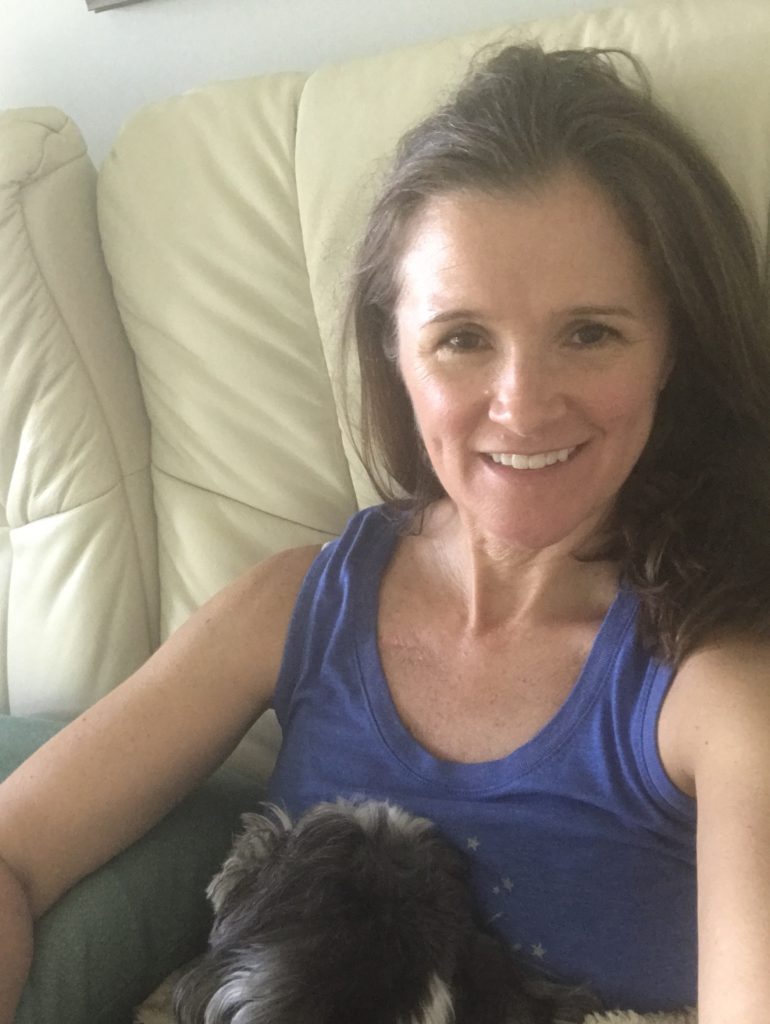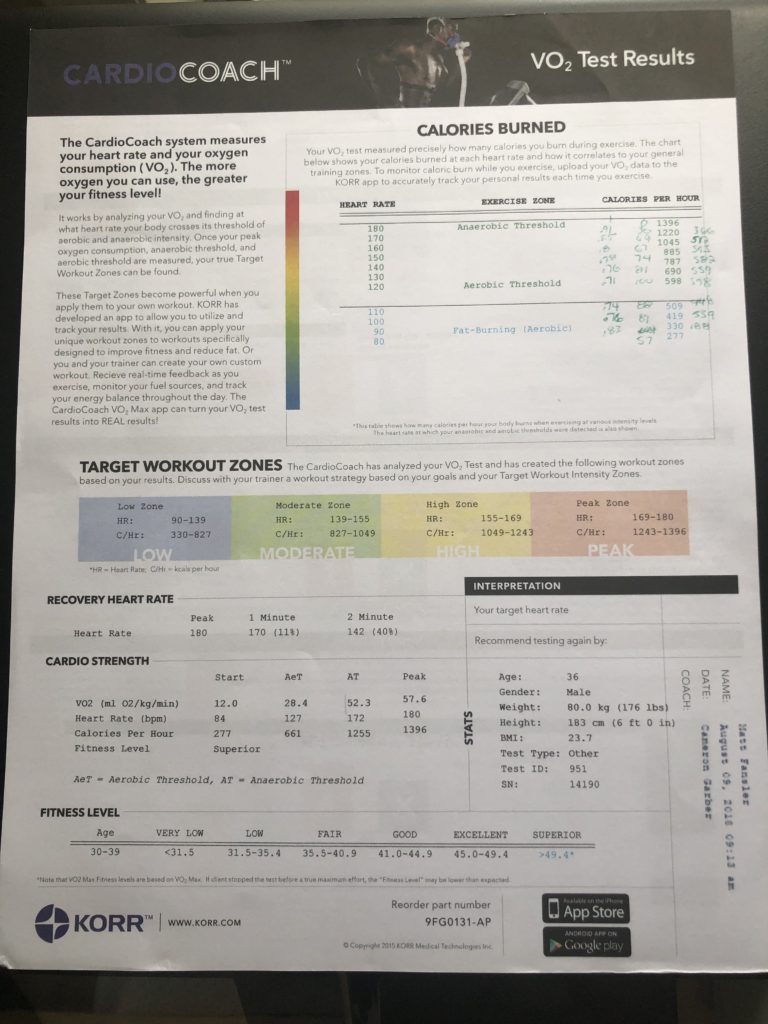Thoracic Outlet Syndrome (TOS) Awareness, Part I
Unlike any normal story, I’m going to start in the middle. “You have a blood clot” might be one of the scariest things I’ve been told. That was on a Friday afternoon… Friday, July 27th to be exact.
July 23rd was an otherwise ordinary Tuesday morning: coffee, walk the dog, then head to the gym. During my swim warm up, I felt shoulder tightness that typically subsides as I warm up. However, on this particular morning I experienced an ache in my upper arm that seemed to get worse the more I swam. After 1200m, I decided to call it a day and as I exited the pool I realized my right arm was swollen and slightly numb.
Coach, DPT, and husband just happened to be swimming a couple of lanes over. Stopping him mid-set (to which he was overjoyed NOT), I asked him to examine my right arm. Less than thirty minutes later, we were in the emergency room. The doctor performing intake told me, “things are about to get weird”. I was immediately sent for a CT scan, blood was taken, and an MRI was ordered.
After ruling out a stroke, the ER doctors were reluctant to believe that there was anything life threatening given my history and optimal health. I was discharged with instructions to follow up with my family doctor in a week. In hindsight… YIKES!!
We did not wait a week. We knew something was not right. Matt, suspecting a blood clot, advised me to rest my arm and keep it elevated. Three days later I saw my family doctor and she immediately ordered an ultrasound. That’s when the blood clot was confirmed in the subclavian vein (between my neck and shoulder).
I was admitted to the hospital and put on an IV of heparin (blood thinner). Two days later, a venogram (dye injected into the vein via a catheter to show how blood flows), catheter-directed thrombolysis, and angioplasty were performed to identify and dissolve the clot and widen the vein to restore blood flow. During the procedure, my surgeon discovered that the subclavian vein was occluded and I was diagnosed with thoracic outlet syndrome. My options were 1) blood thinners forever, 2) surgery.
Three days after the initial procedure, I was again admitted to the hospital to undergo thoracic outlet surgery, a surgical decompression of the thoracic outlet, which entails the removal of the first rib, partial removal of the anterior and middle scalene muscles, and decompression of the brachial plexus.

While my condition, venous thoracic outlet syndrome or Paget-Schroetter syndrome, is very rare and is often spontaneous, it did raise our awareness to the potential for athletes to overlook symptoms indicative of the more common neurogenic thoracic outlet syndrome which can often be successfully treated through physical therapy. Don’t ignore numbness or tingling during activity and if you suspect something is wrong, be your own advocate.

Part II (coming soon) will cover the TOS from a physical therapists perspective.



 Why polarized training?
Several studies have shown the polarized training model to be at least as effective as a more traditional threshold training model while potentially decreasing instances of overtraining, physical injury, and psychological burnout. A poorly designed training program has been shown to result in decreased physical performance, general fatigue, loss of motivation, insomnia, change in appetite, irritability, restlesness, anxiety, body weight loss, loss of concentration, and feelings of depression (citation). A study comparing the 4 common training models listed above showed greatest improvements utilizing the polarized model with subjects increasing VO2 peak, peak power, and power output at 4mM blood lactate more than other models during testing. While, the body of literature on polarized training is relatively small, the evidence is promising for its effectiveness.
How can we help?
At Ad Astra Endurance Project we will help you establish a well designed training program. With our
Why polarized training?
Several studies have shown the polarized training model to be at least as effective as a more traditional threshold training model while potentially decreasing instances of overtraining, physical injury, and psychological burnout. A poorly designed training program has been shown to result in decreased physical performance, general fatigue, loss of motivation, insomnia, change in appetite, irritability, restlesness, anxiety, body weight loss, loss of concentration, and feelings of depression (citation). A study comparing the 4 common training models listed above showed greatest improvements utilizing the polarized model with subjects increasing VO2 peak, peak power, and power output at 4mM blood lactate more than other models during testing. While, the body of literature on polarized training is relatively small, the evidence is promising for its effectiveness.
How can we help?
At Ad Astra Endurance Project we will help you establish a well designed training program. With our